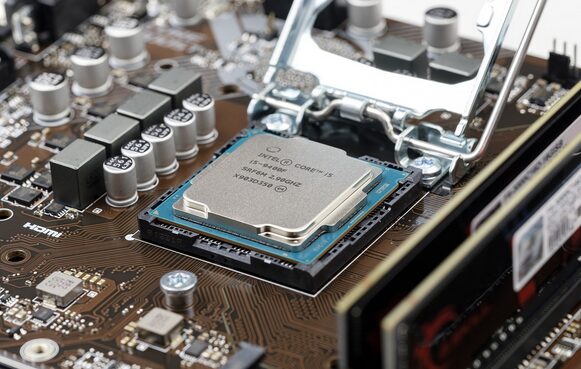The 80C51 microcontroller is a classic 8-bit microcontroller released by Intel many years ago. It is widely used in various embedded systems and integrates multiple functions such as CPU, memory, and I/O interfaces. It can connect and communicate with external devices through specific pins. This article will introduce the pins and functions of the 80C51 microcontroller.

1. Power Pins
① VCC: The positive terminal of the microcontroller’s power supply, usually +5V;
② VSS: The negative terminal of the microcontroller’s power supply, which is the ground terminal.
2. Control Pins
① RST/VPD
This is the reset pin, used to initialize the microcontroller to its initial state. When this pin is high, the microcontroller resets; when low, the microcontroller operates normally;
② ALE/PROG
Address latch enable/programming pulse input. When accessing external memory, ALE outputs to latch the lower 8 bits of the address; in programming mode, it is used to input programming pulses;
③ PSEN
Program memory enable pin, used to read instructions from external program memory;
④ EA/VPP
External access enable/programming power. When EA is high, the CPU reads instructions from internal program memory; when low, it reads from external program memory. In programming mode, VPP provides programming voltage.
3. I/O Pins
The 80C51 microcontroller has a total of 32 I/O pins, divided into four 8-bit parallel I/O ports: P0, P1, P2, and P3. These pins can be used as general I/O ports for data input and output, or as special function pins to achieve specific control functions.
① P0 Port
Usually used as a data bus; when accessing external memory, it outputs the lower 8 bits of the address; it can also be used as a general I/O port, but note that it does not have pull-up resistors internally and needs external pull-ups;
② P1 Port
Used as a general I/O port, it has internal pull-up resistors and can be directly connected to switches or LED devices without external circuitry;
③ P2 Port
Besides being used as a general I/O port, it can also serve as the high 8 bits of the address bus, outputting the high 8 bits of the address when accessing external memory;
④ P3 Port
In addition to being used as a general I/O port, it has multiple multiplexing functions, such as serial communication and external interrupt input.
4. Serial Communication Pins
① PXD (P3.0): Serial data receiving pin;
② TXD (P3.1): Serial data transmitting pin.
This article is an original piece by Wanyi Education, please indicate the source when reprinting!